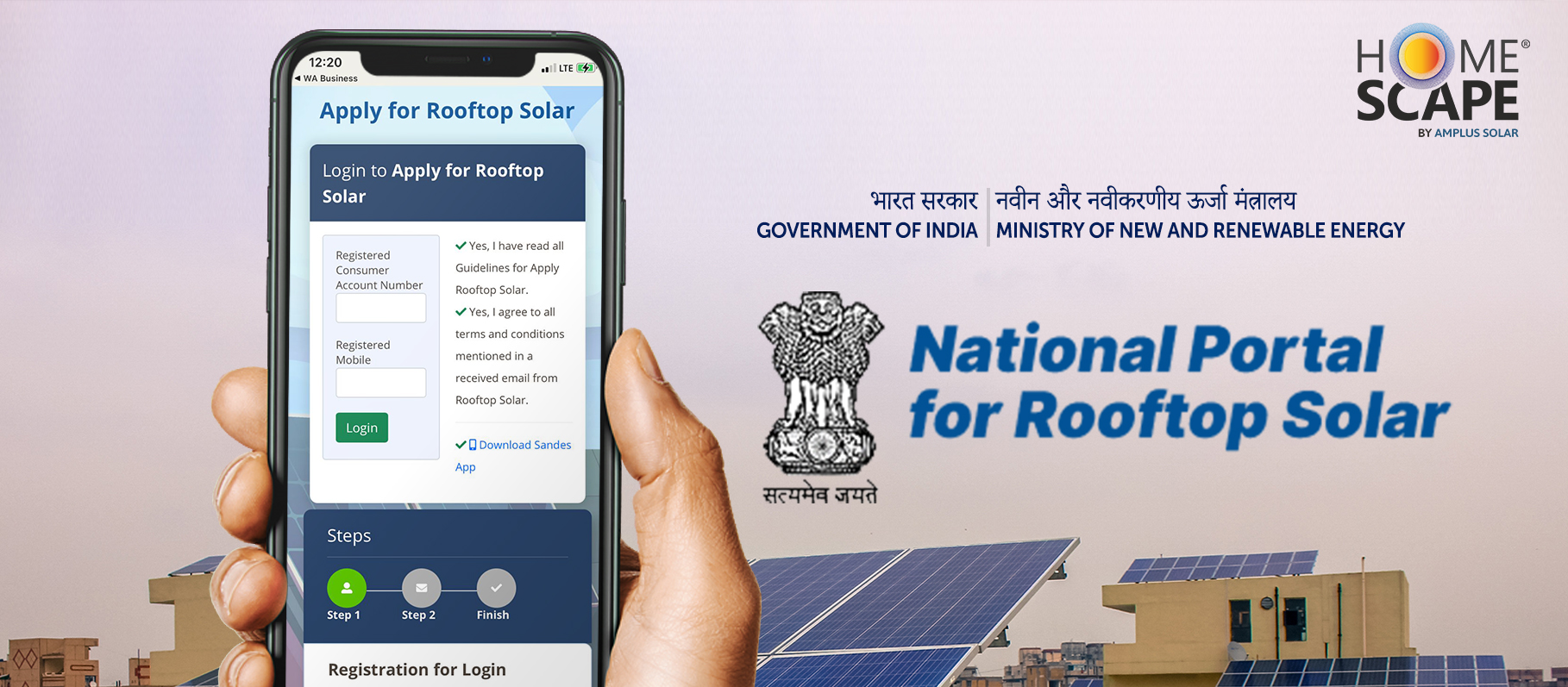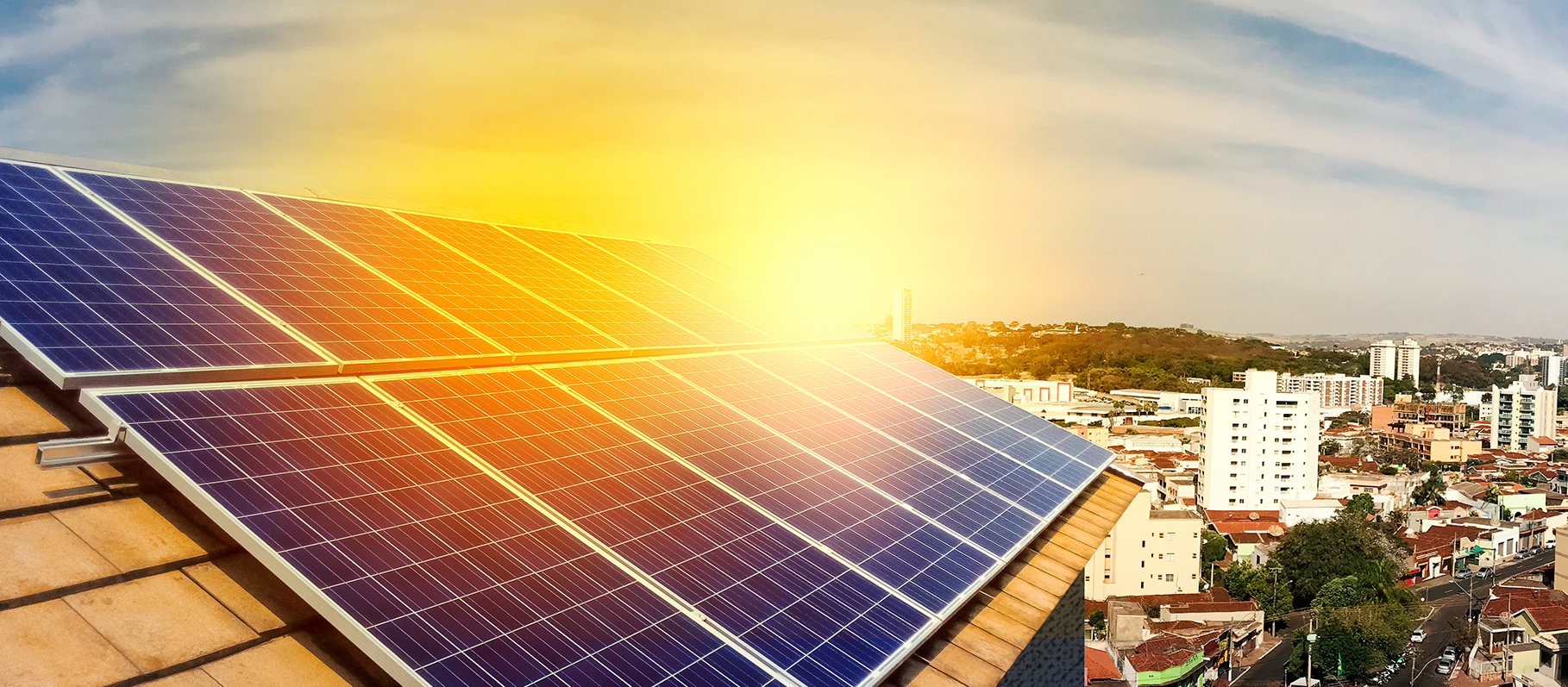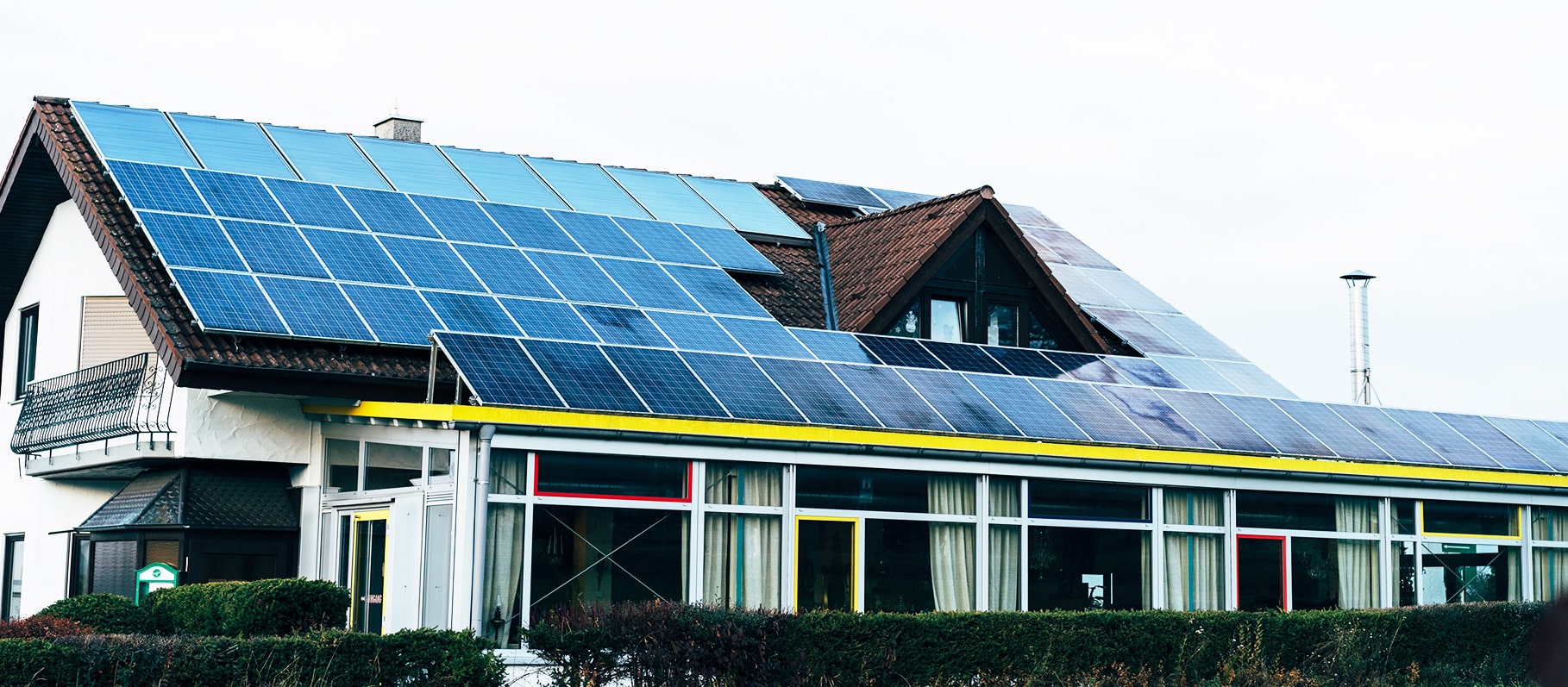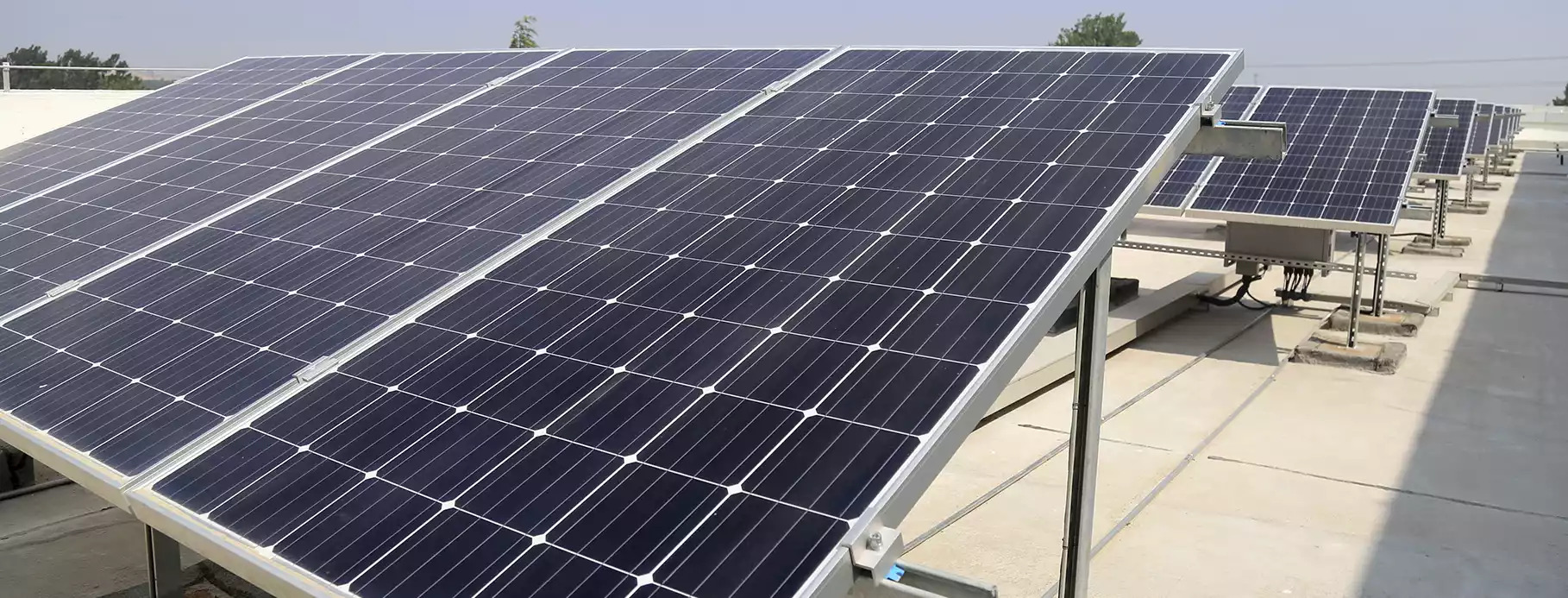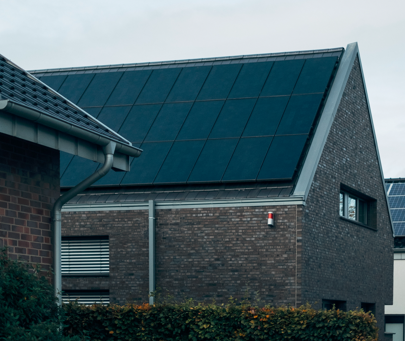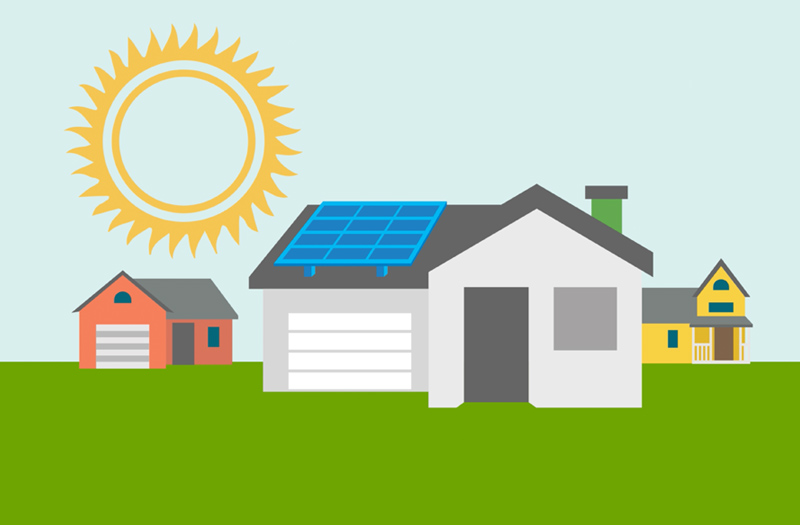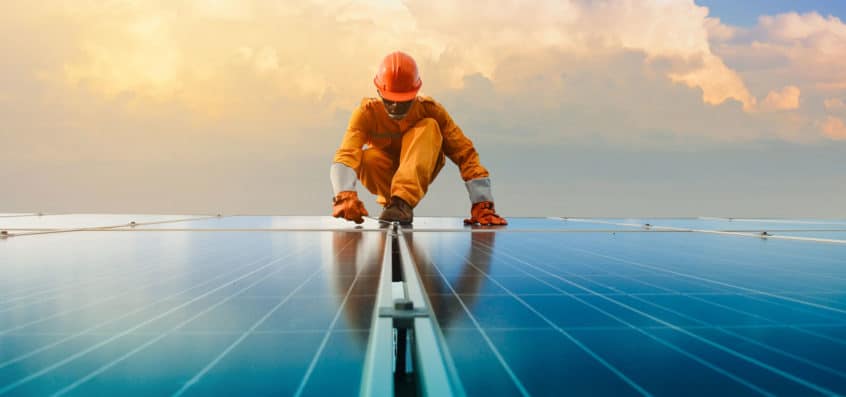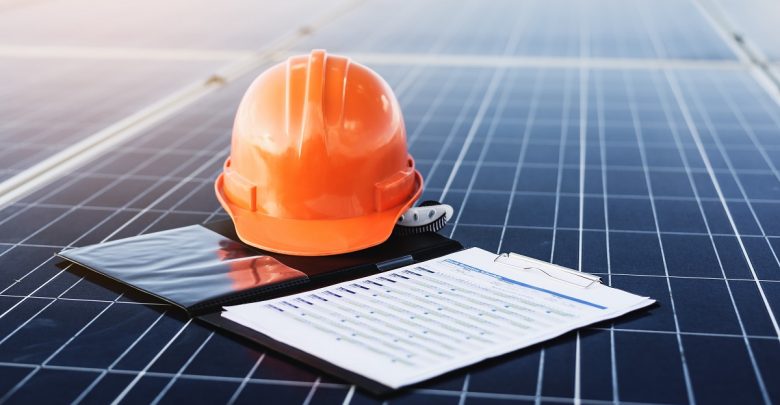Categories
10 January 2024
Know All about National Portal for Rooftop Solar
The Prime Minister launched the National Portal for Rooftop Solar to make the subsidy application and payment process easier for [...]
29 November 2022
How Many Solar Panels Are Needed to Power a House?
As every home has a different energy requirement, it is important to know how much kilowatt is required to address [...]
21 July 2022
Solar Power Plant: Types, Working, Benefits, Technology & More
India receives ample sunlight throughout the year. It is time to leverage it by installing a solar power plant and [...]
24 May 2022
On-Grid Solar System: A Complete Guide About Price, Benefits, Working and more
On-grid solar systems are often the first choice for home solar systems as they are flexible and cost-effective. If you [...]
20 April 2022
Take a Step Towards a Better Future with Home Solar
The government of India is promoting solar power as a cornerstone source of energy in the renewable energy mix on [...]
14 July 2021
Why is a Site Survey required prior to installing a Solar Rooftop System?
Solar rooftop systems and other sources of renewable energy are on the rise. Residential rooftop solar systems have proven to [...]
20 February 2021
Can you run a house completely on Solar Power?
An answer to the question, whether you can run a house completely on solar power is yes! Especially in a [...]
29 January 2021
Personal Guide to install solar at home: Part 5- Rooftop Solar Panel Installation, Warranty and Maintenance
In the previous parts of our blog series, we discussed about receiving your solar proposal, documentation and the types of [...]
25 January 2021
Personal Guide to install solar at home: Part 4- Proposal and Documentation
To educate people regarding the process of installing solar, we outlined a simple ten-step guide for the typical solar PV [...]
20 January 2021
Personal Guide to Install Solar at Home: Part 3 – Choosing the Solar Installation Company and Site Survey
In the second instalment of our ‘Personal Guide to Installing Solar at Home’ series, we covered the topics of on-grid [...]
